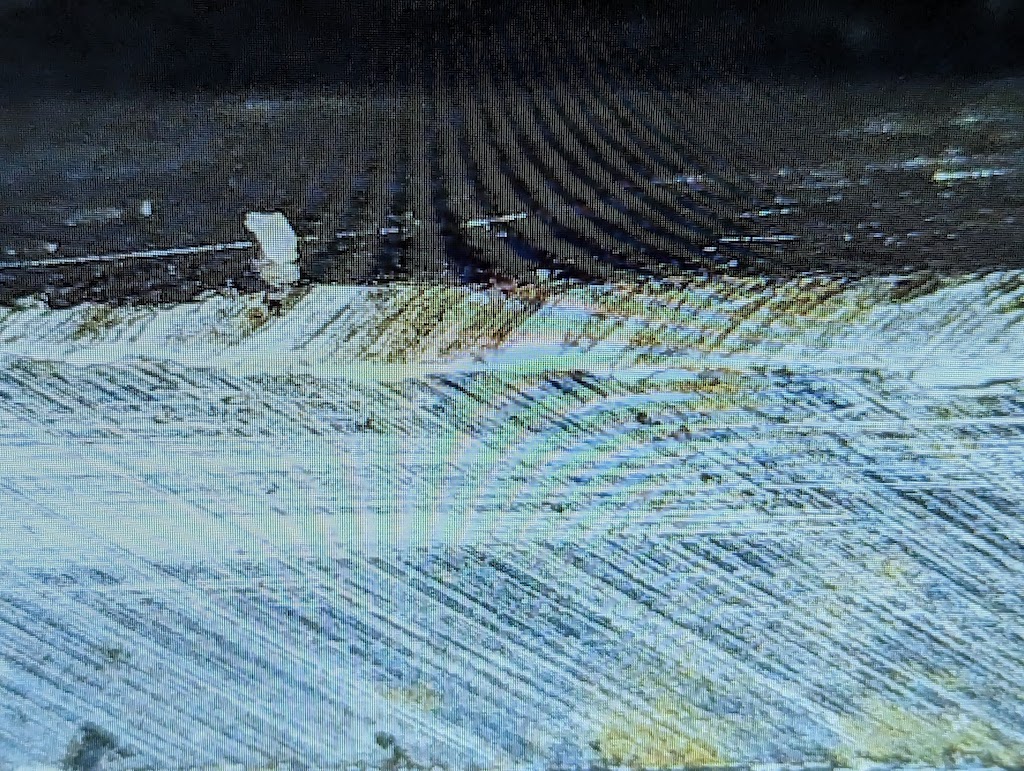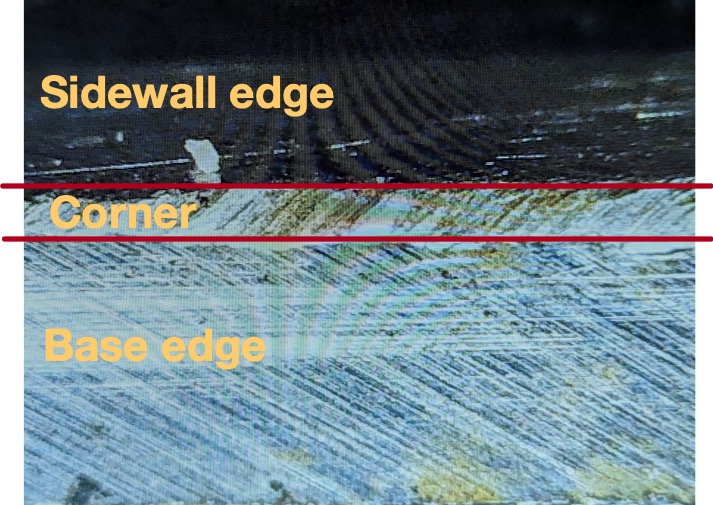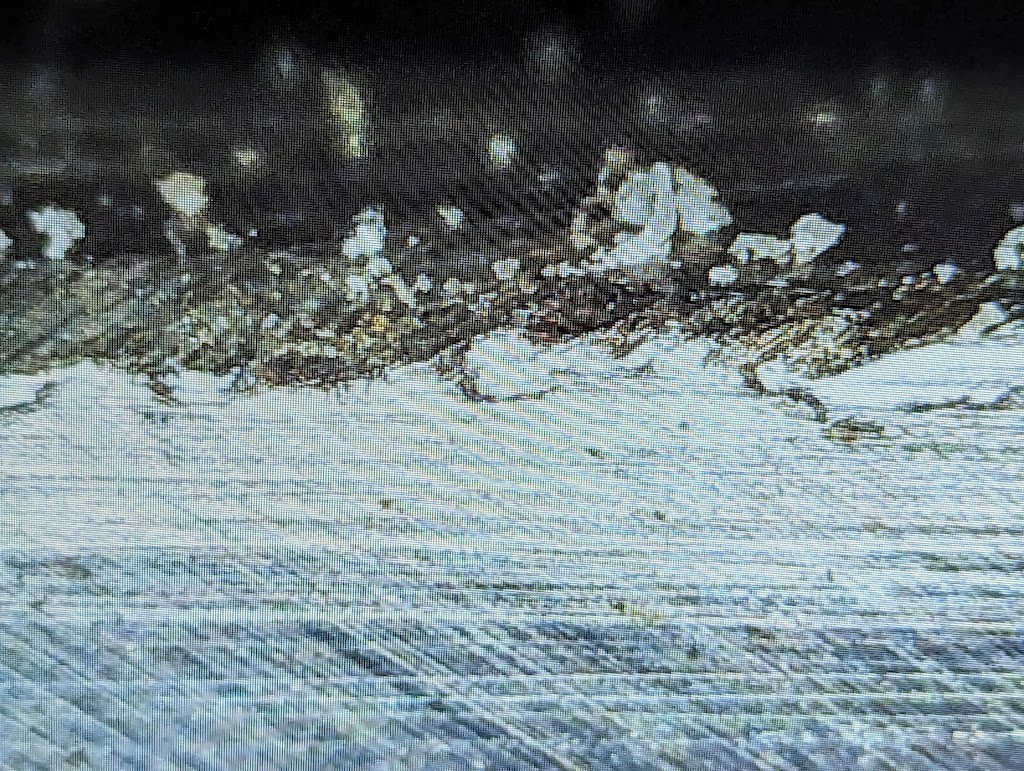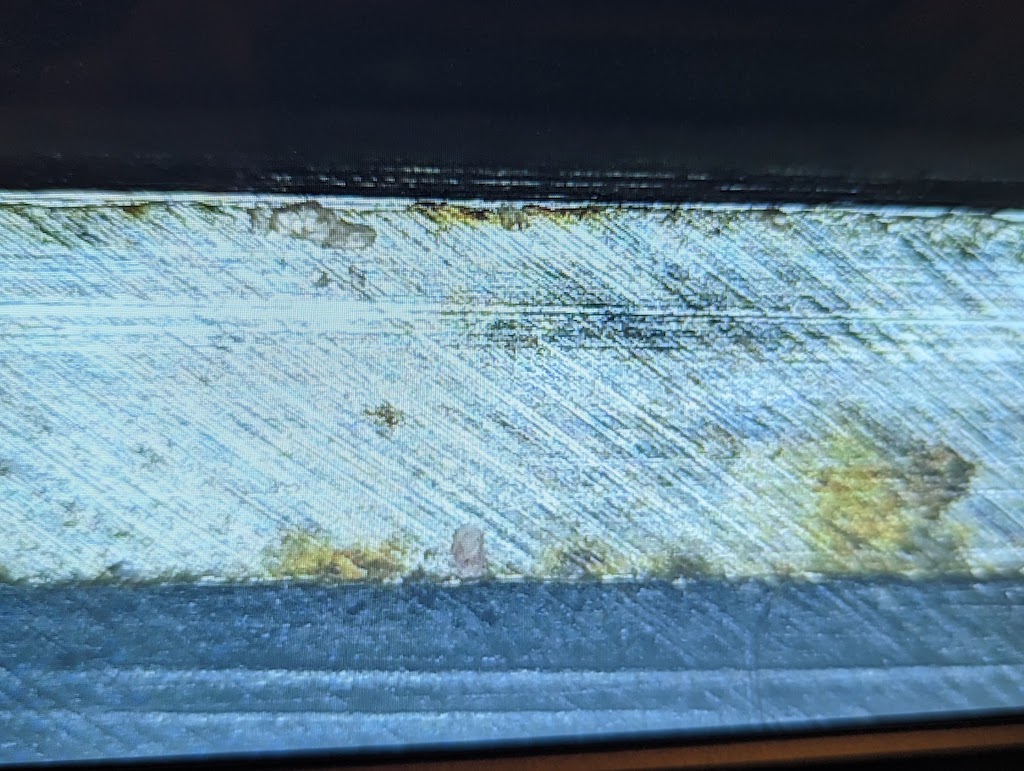About Me
My name is Marc Brooker. I've been writing code, reading code, and living vicariously through computers for as long as I can remember. I like to build things that work. I also dabble in machining, welding, cooking and skiing.I'm currently an engineer at Amazon Web Services (AWS) in Seattle, where I work on databases, serverless, and serverless databases. Before that, I worked on EC2 and EBS.
All opinions are my own. This is my less-technical blog on non-work topics. For my main blog, visit https://brooker.co.za/blog/.
Links
My Publications and Videos@marcbrooker on Mastodon @MarcJBrooker on Twitter
Do skis get blunt?
Last winter, I rode a ski lift alongside a guy who claimed to be a retired Olympic ski tuner. Ski tuning, he said, was all a scam. If you keep your skis dry between days out they’ll stay sharp for their entire lifetime. Don’t get him started on waxing. His specific claim was that skis get blunt from corrosion, and all you have to do is keep them dry.
That didn’t seem right. In fact, it sounded like complete bullshit. Snow and ice are quite abrasive stuff, and even hard steel gets abraded after a while. It’s not unusual for a ski day to include 30km or more of sliding the edges on ice crystals, and so it’s hard to believe that abrasion doesn’t happen.
Turns out it does. Because, luckily, I do keep my skis dry. And I own a very impressive inspection microscope (OK, it’s a $30 one off Amazon, but whatever).
Here’s what one of my ski edges looks like after ~4 days since the last tuning:

If that doesn’t make any sense to you, I don’t blame you. Here’s what you’re looking at:

The ideal ski edge is a metal strip with a ~88° angle between the base and the sidewall of the ski. Here, you can see the base edge, and a “corner” on the edge. I’m not a metallurgist, but this sure looks like abrasion damage to me. Corrosion damage is more pitted, more rounded, and a lot more uneven.
Further down the ski, thing get even worse.

Here, the edge isn’t only rounded over, but small chunks of metal have ripped out to create tiny serrations in the edge. I suspect this effect is why blunt skis can feel “grabby” in some snow conditions.
Luckily, fixing this kind of damage isn’t hard. I use a 3D printed jig with a 500 grit diamond stone. A couple of glides down the edge is enough to completely clear this up. This is what the edge looks like after basic tuning:

Here, the “corner” has completely disappeared, and been replaced with a nice clean sharp angle. The serrations are gone, and the edge is clean. For me, a sharp ski is the difference between fun and terror on an icy day. But maybe I’m in the pocket of Big Ski Tuning.
Knife sharpening nerds will notice that I’ve raised a significant burr here. I believe that race tuners will strop that burr off, but I’ve never noticed a difference (and, let’s be honest, the level of my skiing isn’t exactly “Olympic downhill”).
